June 2025
This mammoth restoration continues at the East Lancs Railway, and this past year has presented more challenges for the team of volunteers to overcome.
One solution is to look for a firm that would make new bearings, including babbitting (white metalling) the centre of each bearing to match the reprofiled journals on each axle. We obtained quotes from £35k up to £90k, utilising different production methods from casting the basic shape to machining direct from bronze tube. To give you the scale of the bearing, the outer diameter that is clamped by the motor is 8 inches, but the widest diameter is 12 inches. The cost is just too much for us, so we are looking at alternative solutions, utilising the plain bearings we already have and manufacturing a thin nylon tube to make up the difference or metal spraying the motors and line boring back to the correct size. These options will not be cheap but possibly cheaper than new bearings.
The first of the power controllers for the 15 has been stripped down and restored. The next stage is to rebuild it back up and then there will be one to go (2 for the ELR resident Class 24 D5054 have been restored in our workshops)
The other side is about halfway through the scraping stage and some paint protection has been applied. Almost all of the air pipework is located here, making access here a challenge. The fuel tank and the battery boxes have been fully restored off the loco and are waiting undercover to be refitted at a later date.
We have known for the last 15 years, that at least 1 of the air pipes that span the length of the loco is beyond salvageable, and that full replacement is the only course of action here. But how do we get the damn thing out? How many more are in as poor condition as this one? There was only one way to find out: disconnect and pull every single air pipe out from under the loco, one by one through a hole in the buffer beam. Each one to be labelled, then sent for inspection, chemical de-rusting the inside, remove the paint on the outside and repaint. If a length of pipe or a fitting that looked like it could no longer be serviceable then it is replaced with new. So far, almost all of the pipes that have been removed are in good condition (although we are concentrating on one side at a time) Along with the known air pipe that was unrestorable, several others have been found that also require new, as mentioned above Booles of Stockport have supplied us with new stock. We have also removed a section of vacuum pipe, that was cut during its train heating days to, in all likelihood take extra cabling from the battery boxes to the control boxes. This pipe will be replaced too. With the air pipes removed, it makes the access to the bodywork easier to get to, so the restoration here can be more thorough. We also have facebook pages too, where we update regular progress - www.facebook.com/d8233 If you are interested in helping out please contact Rob Mason
|

|
| Above : Air pipe removal through the buffer beam. © C15PS |
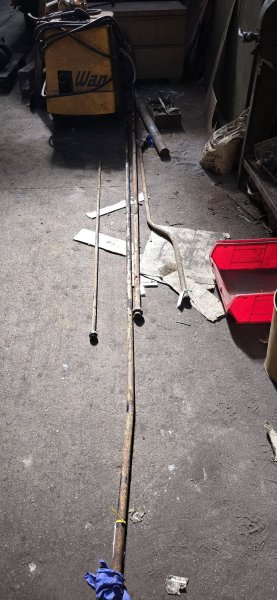
|
| Above : Air pipes removed, labelled and waiting to go into queue to be restored. © C15PS |
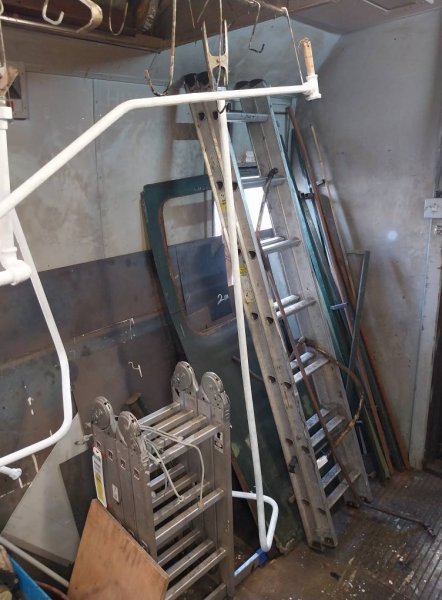
|
| Above : Bogie air pipes after a lick of paint. © C15PS |
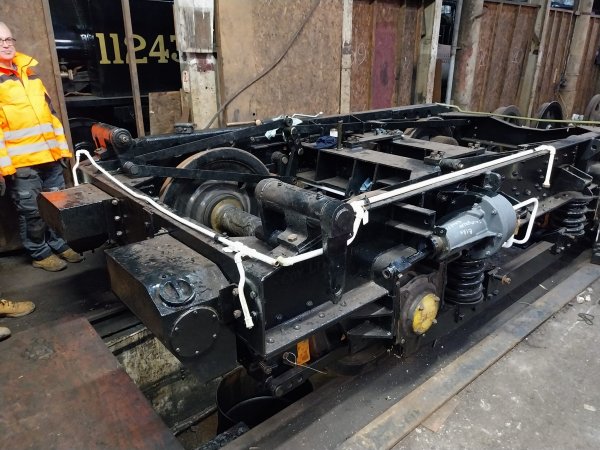 |
| Above : Bogie pipework being reinstalled. © C15PS |
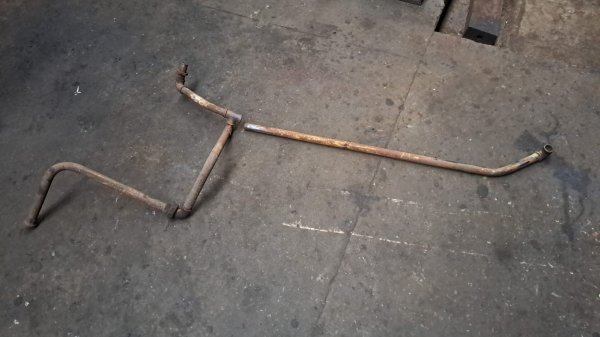 |
| Above : Main Reservoir pipes from the short nose end buffer beam. © C15PS |
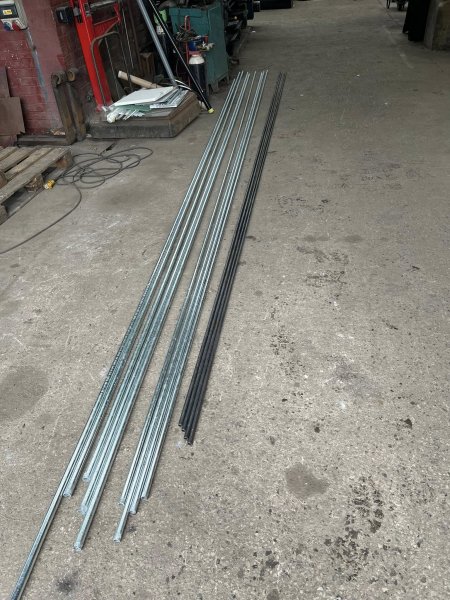 |
| Above : New air pipes delivered. © C15PS |
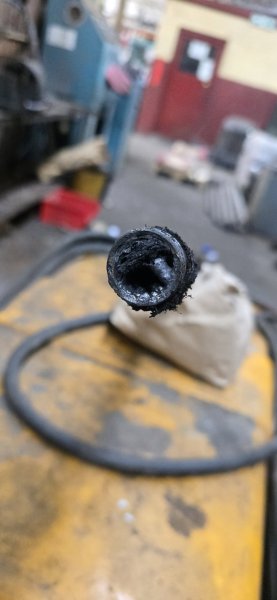 |
| Above : The air pipe that made us remove the entire system. This is the Loco Pipe (as described in the manual) and it's completely blocked. © C15PS |
 |
| Above : The first of the 15's power controllers being stripped down. © C15PS |
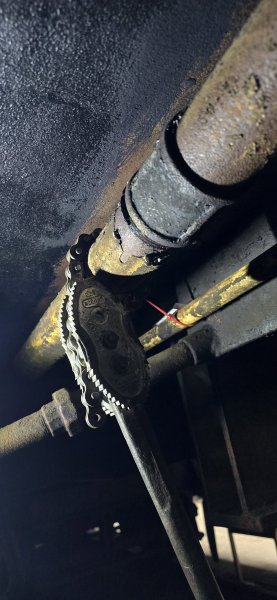 |
| Above : Vacuum pipe being removed. © C15PS |
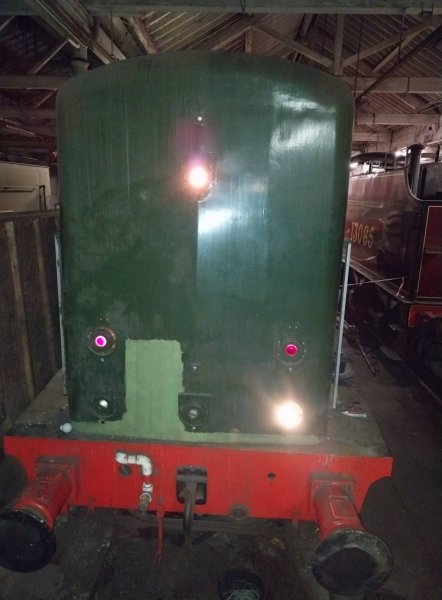 |
| Above : Wiring to the marker lights brings power back to the long nose end.© C15PS |
Fancy Getting Involved? click on the You Can Help page